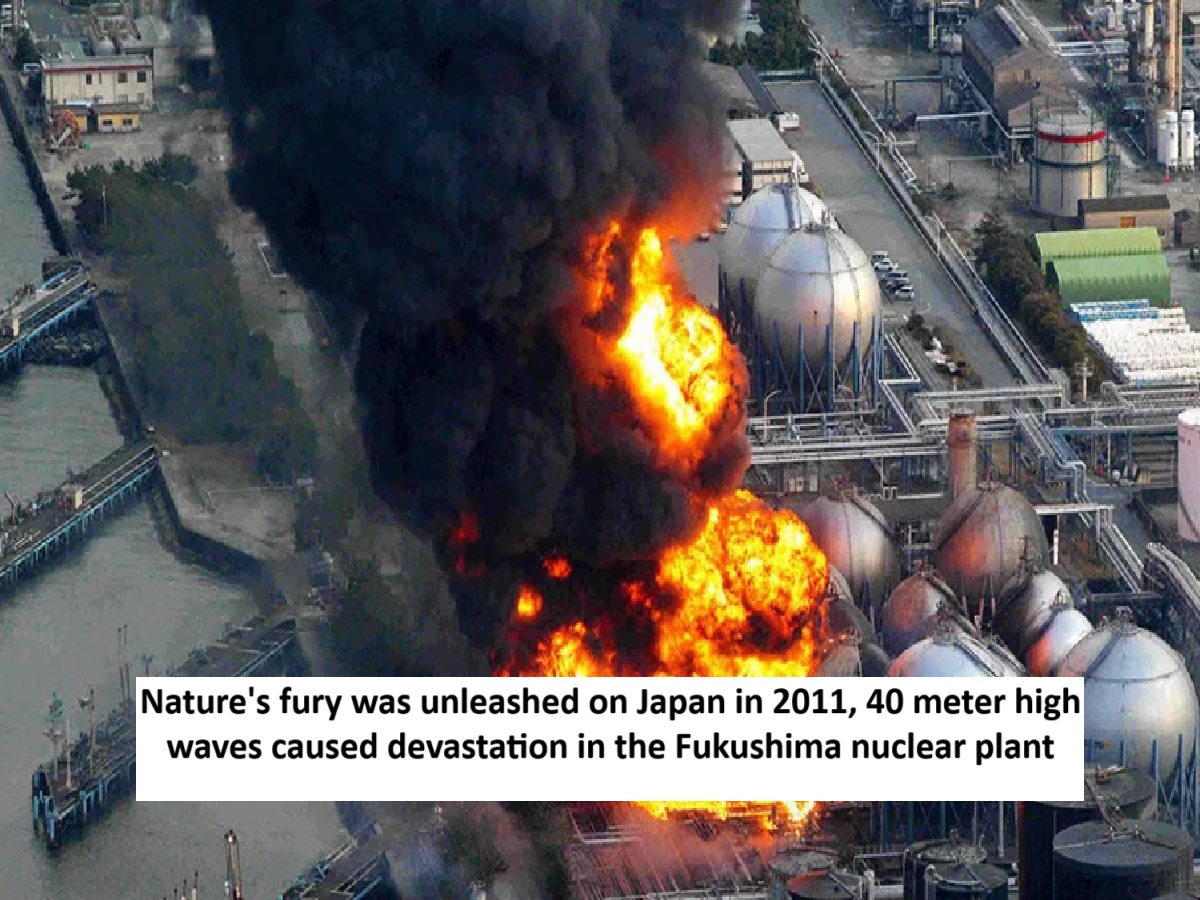
News Topical, Digital Desk : A massive earthquake of 8.8 magnitude struck Russia's Kamchatka Peninsula on Wednesday morning. After this powerful earthquake, the threat of tsunami has started looming in many countries. Strong waves were also seen in many coastal areas.
The tsunami waves reached Severo-Kurilsk in the Kuril Islands. The waves caused sea water to rise up to four meters. The Japan Meteorological Agency recorded a 30-centimeter wave in Nemuro, Hokkaido.
Warnings were issued for Alaska, Hawaii, Chile, New Zealand, the Solomon Islands and Ecuador, where there was a risk of waves of up to three metres. The epicentre of the earthquake was 119 kilometres from the city of Petropavlovsk-Kamchatsky, home to 180,000 people.
The 2011 Japan Tsunami Tragedy
On March 11, 2011, a 9.1 magnitude earthquake struck off the northeastern coast of Japan's Honshu Island. Within half an hour, a massive tsunami devastated the city. The earthquake occurred near the Japan Trench, where the Pacific plate was subducting beneath the Okhotsk microplate.
This rupture was about 300 kilometers long and 150 kilometers wide. Due to this, the sea floor rose by about 50 meters. This was the most powerful earthquake ever in Japan and the fourth largest earthquake in the world after 1900.
The tremor was felt across Japan and reached as far as Russia, Taiwan and China. Hundreds of aftershocks followed, some of them measuring more than 7.0. Half an hour later, tsunami waves up to 40 metres high hit Japan's north-eastern coast.
Coastal defence walls collapsed like a pack of cards. In areas like Sendai and Iwate, water penetrated up to 10 kilometres inland. Cities, airports, ports and settlements were destroyed.
There was devastation in the Fukushima nuclear plant
The 2011 tsunami knocked out the cooling system at the Fukushima Daiichi nuclear plant. Three reactors overheated and suffered core meltdowns over the next few days. Explosions and radiation leaks forced the evacuation of people within a 20-kilometre radius. Thousands of people were affected. The accident was recorded as a Level 7 nuclear disaster, on a par with Chernobyl.
As of 2021, 15,899 people have been confirmed dead in the tragedy, 2,526 remain missing and more than 6,000 are injured. Most of the dead were elderly people who were caught in the tsunami. Miyagi Prefecture suffered the most loss of life and property. 1,23,000 houses were completely destroyed and more than 1 million were damaged. 98 percent of the damage was caused by the tsunami.
--Advertisement--

 Share
Share



